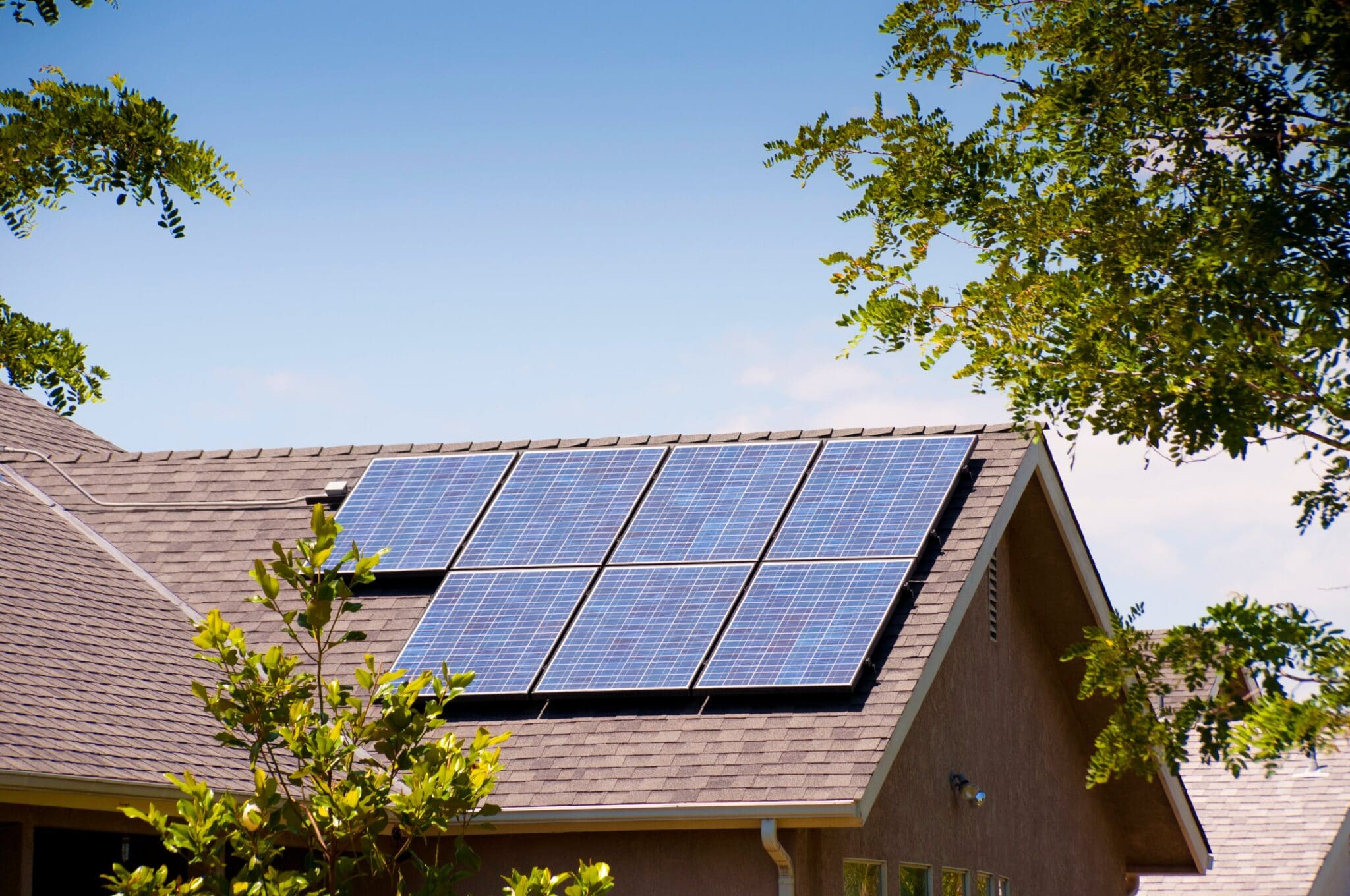Monocrystalline and polycrystalline can be mixed but take care for compatibility. Conversion efficiency with the monocrystalline panels is normally higher at 18% to 22%, while polycrystalline ranges from about a mere fraction less than this up to nearly as high. Differences in the voltage and temperature coefficients, when mixed, can influence system performance. A good inverter that is capable of handling different voltages should be purchased, and the performance should be optimized by breaking up the panels into separate circuits. The use of 80% polycrystalline-based panels combined with 20 % higher cost Monocrystalline base panels can save on costs without the loss in system efficiency, potentially improving the overall return on investment (ROI) by about 8 to around 12%.
Differences Between Monocrystalline and Polycrystalline Panels
There are many differences in production and performance between monocrystalline solar panels and polycrystalline panels. Monocrystalline panels are composed of high-purity silicon wafers and have a typical conversion efficiency from 18% to up to 22%. A portion of the most proficient monocrystalline boards can accomplish as much in output that has 22% efficiency under perfect conditions, which is superior to anything polycrystalline panels. While polycrystalline panels only have a conversion efficiency typically between 15% to 18%, yielding more power per area through the use of monocrystalline panels.
The life span of monocrystalline panels is usually more than 25 years, compared to polycrystalline at around 20. The longer life cycle results in stronger economic benefits over time and fewer replacements needed. Monocrystalline panels start to degrade with only a 0.5% yearly degradation rate, and it goes as high as even 0.8%/year for polycrystalline, which affects the performance of your system in the long term run.
Technical Challenges of Mixing
One of the primary concerns this creates when combining monocrystalline and polycrystalline output in a single system is power delivery matching. Although monocrystalline and polycrystalline panels both share the same warranties, such as a 25-year power warranty, you may need to install inverter varieties for different voltage ranges because each solar panel type has a unique range of voltages. Monocrystalline panels have an open-circuit voltage (Voc) between 36-40 volts, and polycrystalline panes range from 34 to 38 volts. Performance can suffer from differences in voltage. With this mix, the inverter must be able to cope with these varieties of voltage ranges.
The panels also have different temperature coefficients. Monocrystalline panels generally have a temperature coefficient of -0.3%/°C. If the panel is polycrystalline, it can be as high as 40% and higher still for thin-film models, which means they degrade more in heat so perhaps your system performance will vary depending on different weather conditions with varying temperatures. It is stated that the reduction in power output of polycrystalline panels by temperature impacts can be around 10%, and for monocrystallines, the same might be near to about 8%.
System Compatibility and Optimization
Mixing good systems requires a proper inverter selection. Others can even automatically change the input voltage range to different types of panels. Choosing an inverter that has a wide voltage range and multiple input channels will allow you to make your changes so it works well on all implementations. Setting up the panels in tandem allows you to equalize mono & polycrystalline output disparities, which is essential for optimization.
Performance loss can also be reduced by optimization of the layout in the system. In some cases, installing monocrystalline and polycrystalline panels into two circuits can enhance system efficiency. Tests vary by about 5-10 percent, for a well-applied mixed system increases total output virtually on par with the series.
Cost-Effectiveness Analysis
Having a blend of monocrystalline and polycrystalline solar panels can help save costs. Monocrystalline panels run from $0.5 to $0.7 per watt, and polycrystalline panels price around about 50$ less at new costs running anyplace from $ .040 to $.060 wet, respectively. A mix of these panels can achieve a performance vs. cost balance in your total budget.
The use of 20% monocrystalline and 80% polycrystalline panels in some projects has already been evident from case studies, which allows for a lower average cost per watt without sacrificing whole system efficiency. Such configuration offers both the efficiency of the system and reduces initial investment costs. This approach will yield an increase in overall return on investment (ROI) of roughly 8% to 12+% over time.



